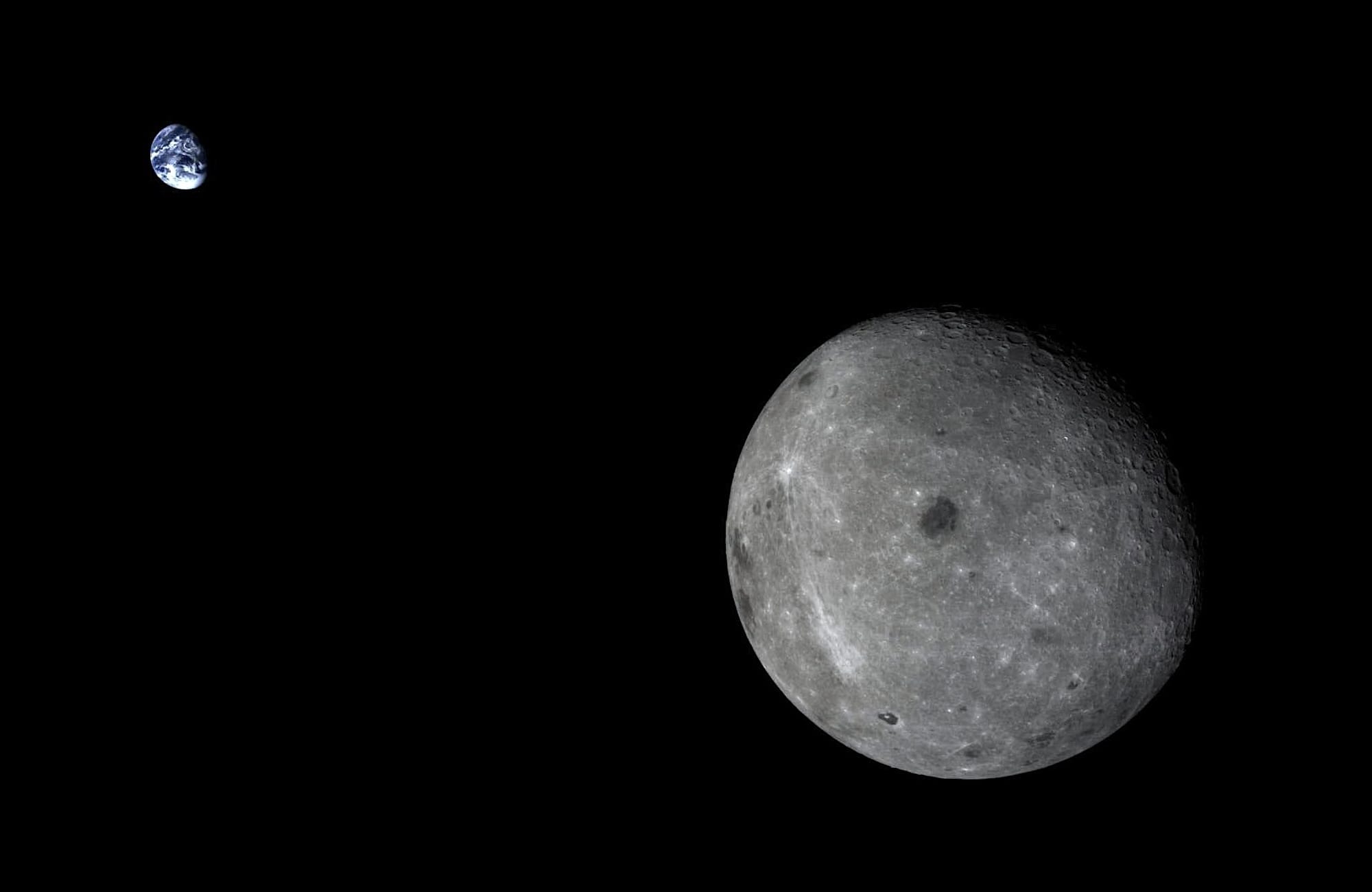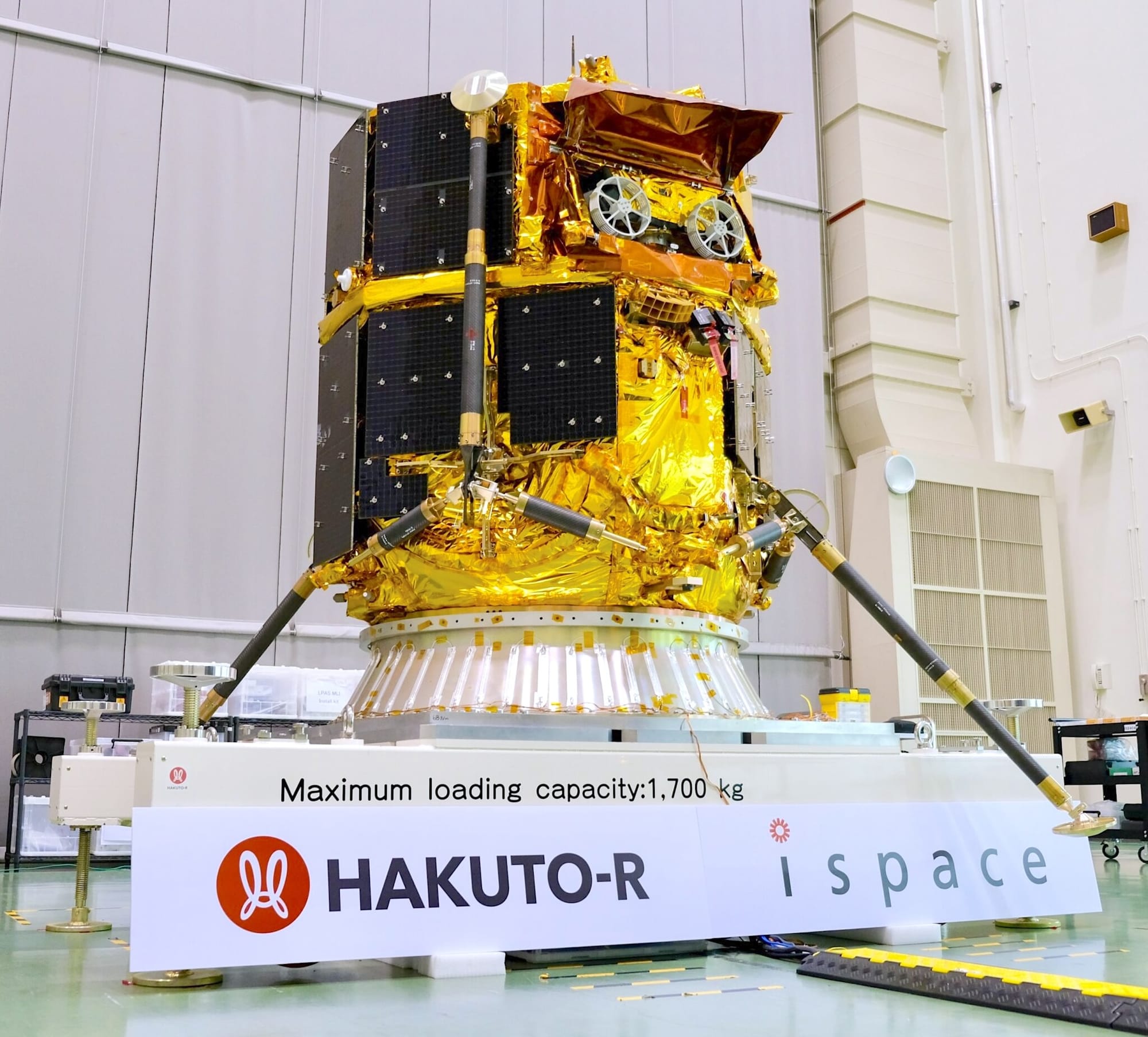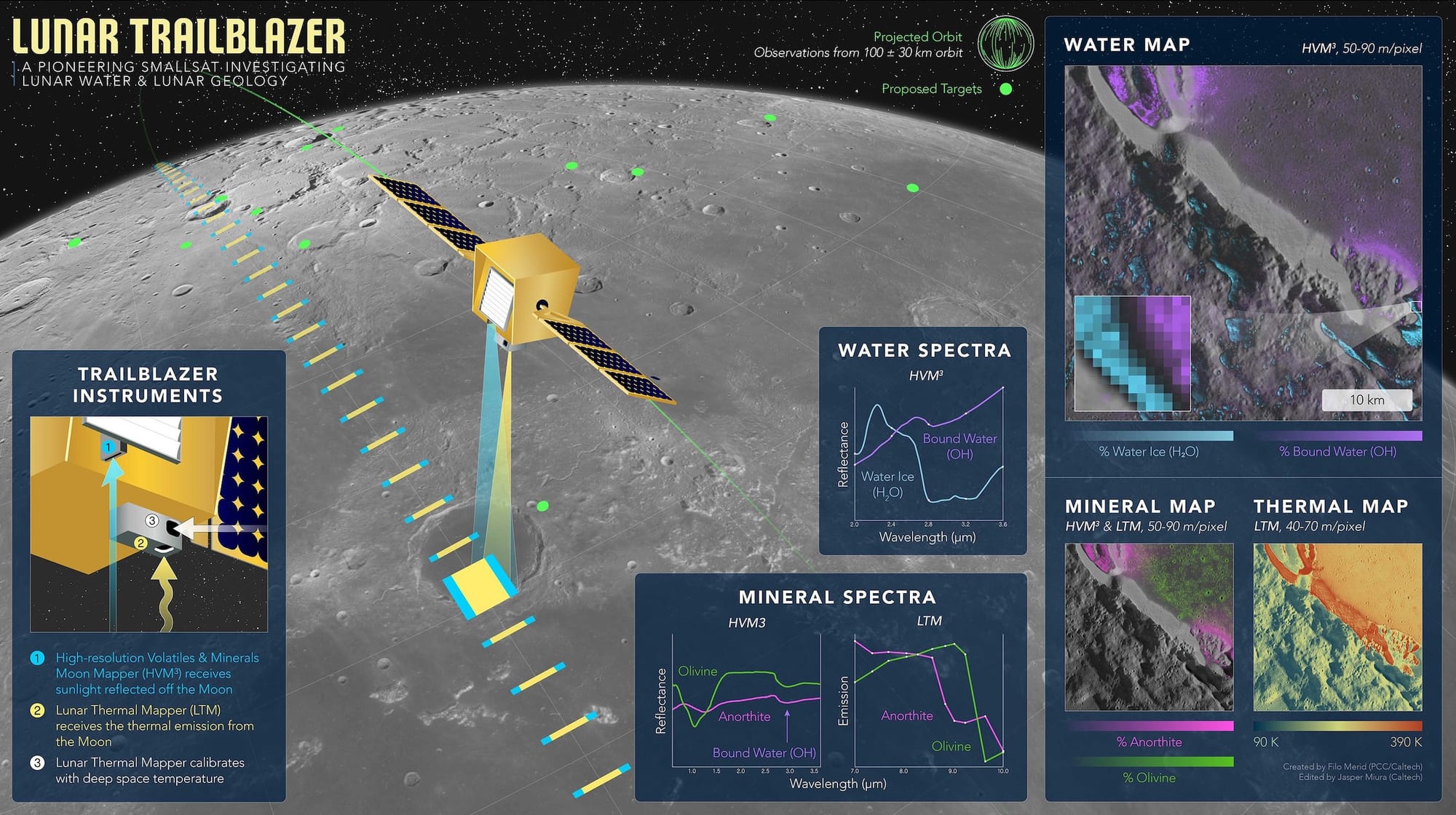Moon Monday #193: Repurposing lunar missions to enable deep space exploration, and launches on the horizon
After a week full of chores, writing this week’s Moon Monday yesterday and today has made me feel alive again. Hope you enjoy this edition as there’s a lot to contextualize! 🤓
Continuing the trend, China repurposes Chang’e 6 orbiter module

The Chang’e 6 orbiter module, which enabled China to bring valuable farside lunar samples to Earth a few months ago, has been detected at the second Sun-Earth Lagrangian Point (L2) as of September 9 by enthusiastic spacecraft tracker Scott Tilley. On June 25 after the orbiter module released Chang’e 6’s sample capsule for atmospheric reentry on Earth, CNSA commanded the orbiter module to steer away from our planet and subsequently maneuvered it into a trajectory that has now placed it in the Earth-Sun L2 region. Here the Chang’e 6 orbiter module will presumably test operations for China’s upcoming exoplanet hunting telescope called Earth 2.0. This region of space is currently host to flagship astronomy missions by other space agencies such as the NASA-led JWST and ESA Gaia.
While China remains characteristically mum about official Chang’e 6 updates, the development fits the long-followed trend by CNSA of repurposing Chang’e spacecraft after their primary Moon missions have been accomplished. In fact, the first lunar craft to visit Sun-Earth L2 is China’s Chang’e 2 orbiter. Later on, CNSA also made the spacecraft fly past asteroid 4179 Toutatis at a close distance of 3.2 kilometers. Chang’e 2 thus enabled China to test its communications, tracking, and maneuvering abilities for farther, deep space missions.

After Chang’e 5-T1 performed a practice mission in October 2014 ahead of CNSA launching the Chang’e 5 sample return mission in 2020, the T1 orbiter module entered the same halo orbit at Earth-Moon L2 that the Queqiao 1 communications relay satellite would eventually use for helping successfully execute the Chang’e 4 mission on the Moon’s farside.
After Chang’e 5 delivered lunar samples to Earth, CNSA also maneuvered its orbiter module away from our planet and placed it in the Sun-Earth L1 region in March 2021. Later in December 2021, it was brought back to the Moon and put it in a Distant Retrograde Orbit (DRO). This is the same orbit that two Chinese spacecraft launched earlier this year, DRO-A and DRO-B, are now present at. The craft pair are part of China’s broader in-progress lunar communications and navigation network of Queqiao satellites, and specifically aim to test laser-based navigation and timing between the Moon and the Earth-orbiting DRO-L satellite.
Another recent Moon mission that performed extended and repurposed goals after accomplishing the original mission is India’s Chandrayaan 3. A few months after the Chandrayaan 3 lander touched down on the Moon, ISRO pulled the mission’s propulsion module from lunar orbit to Earth orbit against the nominal plan, thereby demonstrating a small but key capability that will be required to pull off a robotic sample return mission in the future with Chandrayaan 4. The propulsion module also hosted experimental nuclear radioactive heating units to enable future Moon missions that could tout lunar night survival, something ISRO did not disclose before and after launch. ISRO also had the Chandrayaan 3 lander perform an unexpected last-minute hop toward the end of its surface mission.

Back to the Chang’e side of things, a future experiment with the aforementioned Queqiao communications network will also enable better deep space exploration. Chinese researchers have suggested that when coupled with Earth-based ground stations, the Queqiao network can help CNSA track deep space missions with sub-kilometer accuracy all the way to Jupiter and possibly beyond. Queqiao 2 will test an element of this during the Chang’e 7 mission, which is currently targeting a 2026 launch. As noted by Chi Wang, et al. in a December 2023 paper on the scientific objectives of Chang’e 7, the LOVEX payload onboard the Queqiao 2 satellite will perform a deep space craft tracking experiment:
The LOVEX on the relay satellite is used [sic] to construct a 400 000-km baseline Moon–Earth VLBI measurement and observation experiment system to improve the accuracy of orbit determination in deep space and to carry out astrometry and astrophysics observation and study.
Second ispace Moon mission on the horizon

ispace announced on September 10 that their first rover TENACIOUS has been integrated into their second Moon lander RESILIENCE. On September 12, the company revealed that the landing site for this M2 mission will be in the lava plains of Mare Frigoris (Sea of Cold) at 60.5° N, 4.6° W. The lander is now progressing through the standard series of launch and space environmental tests at JAXA’s Tsukuba Space Center after passing which it can be shipped to Cape Canaveral, Florida for launch on a SpaceX Falcon 9 rocket no earlier than December 2024.
ispace previously announced on June 27 that the lander passed thermal vacuum testing, a major element of the aforementioned standard pre-launch tests. ispace engineers have also verified commanding the lander and receiving data from it, and performed other unspecified tests.
For the mission’s lander testing aspect, ispace had said after the failed lunar touchdown attempt with the M1 mission in April 2023 that it will conduct additional field testing of landing sensors to further improve the chances of a successful touchdown this time around. The company told me in an email response that their engineers have completed said sensor testing in lunar-like environments at multiple locations around the world. The software suite used to simulate the spacecraft’s ability to softly land on the Moon has also been updated for the aforementioned landing site.
ispace Europe, which designed the TENACIOUS rover, completed building it in July. The subsidiary completed environmental testing of the rover’s qualification model in April. The 54-centimeter wide, 5-kilogram micro-rover made of carbon fiber-reinforced plastics will explore the Moon’s surface with an HD camera on its front and back. The rover will also have a back-mounted shovel from Epiroc AB using which it will collect lunar soil and transfer its ownership to NASA as part of the latter’s move to set precedence for future resource use under the US-led Artemis Accords. ispace Europe developed the micro rover with funding aid from the Luxembourg Space Agency under an ESA contract.
Other than the rover, the M2 lander will carry three payloads: a water-splitting experiment by Takasago, an algae-based food production module by Euglena, and a deep space radiation monitoring probe by Taiwan’s National Central University. While Israel-based Helios earlier intended to have its (claimed) scalable technology of extracting oxygen from lunar soil to be onboard M2, the payload either wasn’t ready for flight or it isn’t on the manifest for some other reason(s).
Many thanks to Open Lunar Foundation, Marc Rayman and Gurbir Singh for sponsoring this week’s Moon Monday!
If you too love this curated community resource, kindly join them and support independent writing & journalism—via PayPal, UPI or Patreon (less preferred).
Another mission that’s approaching launch is the NASA-funded Lunar Trailblazer science orbiter, which has now successfully passed launch and space environmental testing. The mission’s two science instruments were integrated with the spacecraft last year. Lockheed Martin, who built the spacecraft and will be the launch integrator, is performing final flight system software tests while Caltech—from where the science team will control the orbiter—is testing spacecraft communications and navigation via simulated runs with NASA’s Deep Space Network antennae. After these tests are complete, Trailblazer will shipped to Florida for integration with a Falcon 9 rocket, where it will launch as a rideshare alongside Intuitive Machines’ second Moon lander early next year.
Trailblazer will provide scientists with unprecedented, high-resolution global maps of the amount, distribution, and state of water across our Moon. It will also help us better understand several other key scientific aspects of Luna. Mission intern Filo Merid had created a nice infographic summarizing Trailblazer’s scientific goals.

More Moon
- China takes another step towards realizing a crewed Moon landing by creating a test stand which can simulate the kind of high-altitude and vacuum conditions that the “Lanyue” lunar lander will go through during its lunar descent and touchdown. The stand will allow the lander’s main engine to be tested for its full burn duration of up to 20 minutes. Apparently the test system took only eight months to complete, according to Li Guanghui from CAST.
- In April, the US White House asked NASA to develop a strategy by the end of 2026 for creating an independent time standard for the Moon, a Coordinated Lunar Time (LTC) that ties back in to Earth’s UTC. Now NASA says it is coordinating with US government stakeholders, partners, and international standards organizations to establish the same. The lunar time will be determined by a weighted average of atomic clocks at the Moon, similar to how we calculate time on Earth for UTC. Aside: Elizabeth Gibney’s article from last year explains why an independent lunar time is desirable, how ESA and NASA have already been working towards the same, and how it would enable swarms of spacecraft to better and safely operate at Luna.
- What Artemis astronauts will experience at the Moon’s south pole
